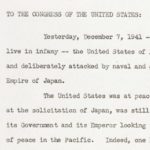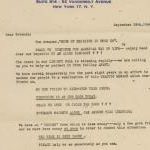This collection of documents on the Cold War continues TeachingAmericanHistory.org’s extended series of document collections covering major periods, themes and institutions in American history and government. The volume covers American aid to Europe in the early years of the Cold War and American intervention in subsequent years in conflicts around the world to contain the spread of Soviet power. Its documents also explore the dometic effects of the Cold War, chronicling how national security concerns affected relations between American citizens and between Americans and their government. Each volume includes:
Key documents on the period, theme or institution, selected by an expert and reviewed by an editorial board
A thematic table of contents, showing the connections between various documents
Study questions for each document as well as questions that refer to other documents in the collection
Notes on each document to identify people, events, movements, or ideas to improve understanding of the document’s historical context


